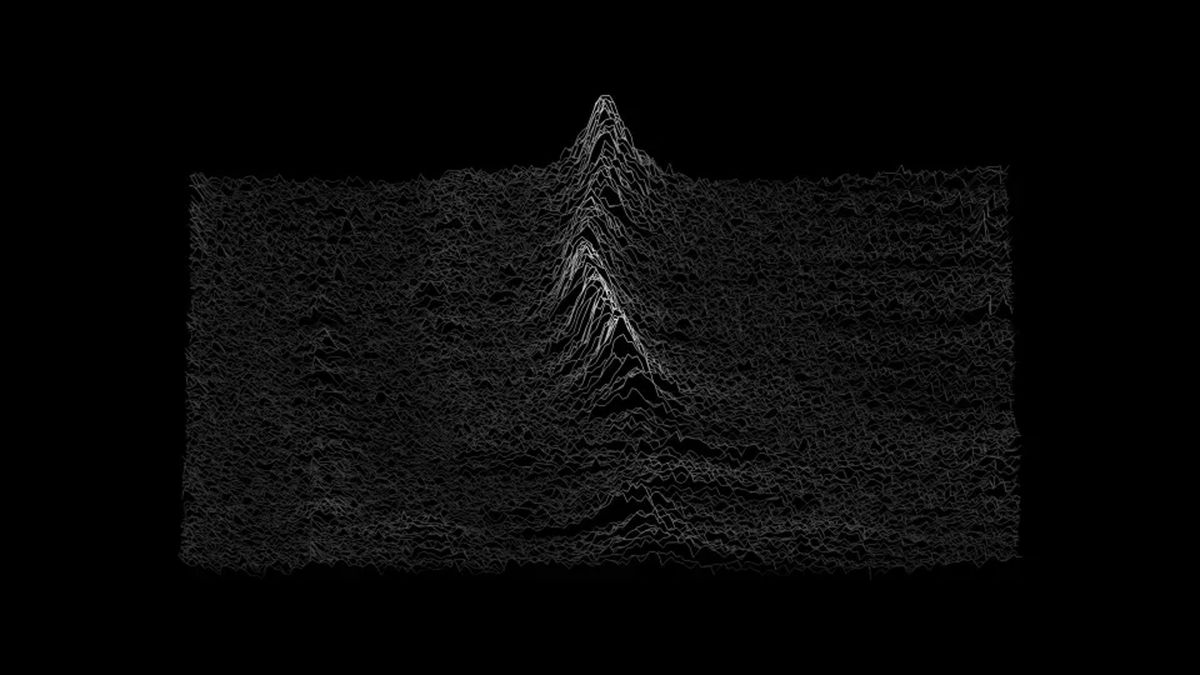Learn about brain health and nootropics to boost brain function
‘Hyper-synchronized’ brain waves may explain why different psychedelics have similar effects, rat study reveals

Psychedelics can vary by the type of receptor they target in the brain, but how does this translate to the shared hallucinogenic experiences users have? (Image credit: Pär Halje) The psychedelics LSD and ketamine work differently but induce some of the same trippy effects. A new study in rats hints at why: Both drugs trigger the same, simultaneous “wave” of electrical activity across different regions of the brain.
Psychedelic drugs are a group of substances that stimulate changes in people’s perception and cognition, sometimes referred to as a “trip.” These drugs vary in how they interact with brain cells, yet they all induce similar hallucinogenic effects — distorting users’ sense of time or causing them to perceive colors as more vivid, for example.
These overlapping effects have long puzzled scientists. But in the new rat study, published July 26 in the journal Communications Biology , scientists discovered that the reason may be that different psychedelics induce similar patterns of electrical activity in multiple regions of the brain.
“It seems to be this distinctive wave phenomenon — how the neurons behave collectively — that is most strongly linked to the psychedelic experience,” lead study author Pär Halje , a researcher in neurophysiology at Lund University in Sweden, said in a statement . Meanwhile, if you zoom in closer, the activity of individual brain cells looks quite different under the influence of ketamine or LSD, he said.
Related: Psychedelics may treat depression by invading brain cells
Psychedelic drugs are classified by the type of receptor they stimulate in the brain. “Classical” psychedelics — which include lysergic acid diethylamide (LSD), N,N-Dimethyltryptamine (DMT) and psilocybin — target 5-HT2A receptors that respond to the so-called feel-good chemical serotonin . Others, like ketamine or phencyclidine (PCP), are known as “dissociatives” and block the NMDA receptor that is usually bound by glutamate, a chemical messenger that “excites” brain cells, or pushes them toward firing.
The cellular effects of both classical and dissociative psychedelics have immediate downstream consequences that lead to the hallucinogenic symptoms that make these drugs famous.
To better understand how psychedelics work on a larger scale, Halje’s team measured variations in electrical activity in 128 regions of the rat brain, simultaneously. The rats had been given either 5-HT2A-receptor psychedelics, including LSD, or NMDA-receptor psychedelics, such as ketamine.
Both classes of drug altered the activity of two types of cell: interneurons, which connect nerve cells, and excitatory cells known as pyramidal cells . However, while LSD turned down the activity of both of these cell types, ketamine turned down only pyramidal cells and actually turned up interneurons.
Nonetheless, across many regions of the brain, both drugs triggered a similar pattern of high-frequency brain waves that unfolded at the same time, the team observed. They saw these synchronized waves in the ventral striatum, a key part of the brain’s reward system , as well as in three regions of the cortex, the outer surface of the brain.
“One might think that a strong wave starts somewhere, which then spreads to other parts of the brain,” Halje said. “But instead, we see that the neurons’ activity synchronises itself in a special way — the waves in the brain go up and down essentially simultaneously in all parts of the brain where we are able to take measurements.”
“Likely, this hyper-synchrony has major effects on the integration of information across neuronal systems and we propose that it is a key contributor to changes in perception and cognition during psychedelic drug use,” the authors wrote in the paper. In other words, neuronal information that would otherwise be isolated could be passing between different parts of the brain, leading to an altered state of consciousness.
RELATED STORIES
— Psychedelic psilocybin could treat anorexia in some patients, trial suggests
— Australia clears legal use of MDMA and psilocybin to treat PTSD and depression
The team looked only at rats, but they suggested that the study could act as a framework for future research into psychosis , during which a person loses contact with reality. “Potentially, similar mechanisms could induce hallucinations and delusions in psychotic disorders, which include and would constitute promising targets for new antipsychotic treatments,” they concluded. Such disorders include conditions like schizophrenia.
According to Halje, modeling the effects of psychedelics could even help improve our understanding of consciousness itself.
“This is where it is exciting,” he said. “The synchronized pattern we see, and whether this can help us to track down the neural foundations of consciousness.” Live Science newsletter
Stay up to date on the latest science news by signing up for our Essentials newsletter.
Contact me with news and offers from other Future brandsReceive email from us on behalf of our trusted partners or sponsorsBy submitting your information you agree to the Terms & Conditions and Privacy Policy and are aged 16 or over.
Emily Cooke
Emily is a health news writer based in London, United Kingdom. She holds a bachelor’s degree in biology from Durham University and a master’s degree in clinical and therapeutic neuroscience from Oxford University. She has worked in science communication, medical writing and as a local news reporter while undertaking journalism training. In 2018, she was named one of MHP Communications’ 30 journalists to watch under 30. ( emily.cooke@futurenet.com )
Read more at www.livescience.com